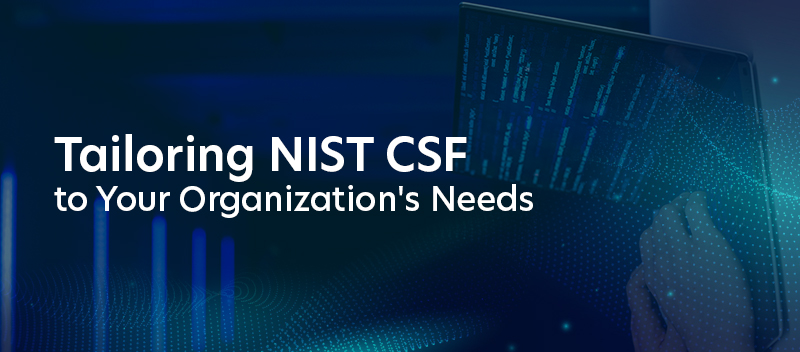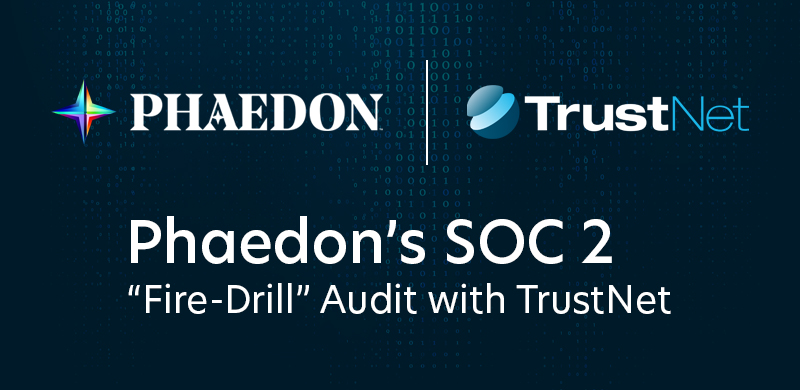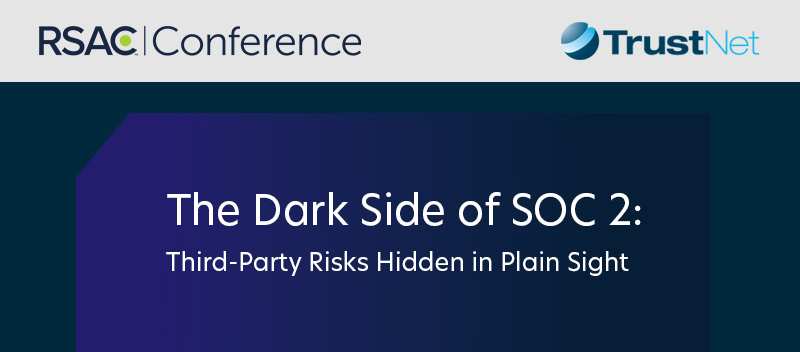Cybersecurity Framework Profiles: Tailoring NIST CSF to Your Organization’s Needs

Cybercrime isn’t slowing down. In the last two years alone, the global cost of cybercrime hit a staggering $8 trillion — that’s over $250,000 every second. Projections claim that it can climb to $10.5 trillion this year. If these numbers feel overwhelming, they should.
The NIST Cybersecurity Framework (CSF) is a go-to guide for managing cybersecurity risks. It’s comprehensive, flexible, and widely respected. But here’s the catch: it’s not always easy to implement. Many organizations struggle with complexity, wrestle with how to prioritize their steps or find that they don’t quite fit their specific needs.
Enter NIST CSF Profiles. These profiles allow you to customize the framework for your unique risks and business goals. The benefits?
-
- Strengthened risk management.
- Simplified compliance.
- Smarter resource allocation.
- A more efficient cybersecurity strategy.
This guide will show you how tailoring the NIST CSF through profiles can transform your organization’s cybersecurity.
What are NIST CSF Profiles?
NIST CSF Profiles are customized subsets of the NIST Cybersecurity Framework. They are developed to match the unique requirements of a business, considering variables such as industry, size, sector, and risk tolerance. Consider them as your personalized road maps that direct your cybersecurity efforts.
The purpose of these profiles is clear:
- Simplify implementation by narrowing the focus to the controls that matter most to your organization.
- Structure risk assessment and prioritization to address the most critical threats first.
- Improve team communication and collaboration by providing everyone with a shared, clear framework.
There are several types of profiles, each suited to different needs:
-
- Sector-Specific Profiles: For industries like financial services or healthcare, with unique regulatory and risk landscapes.
- Size-Based Profiles: Tailored for small businesses, medium enterprises, or large corporations.
- Risk-Based Profiles: Designed around different levels of risk tolerance — high, moderate, or low.
- Custom Profiles: Built by individual organizations for their specific goals and requirements.
These profiles help align cybersecurity strategies with real-world challenges, ensuring more effective and efficient risk management.
To know more about our NIST Penetration Testing services, Click Here
How to Select and Implement Appropriate Profiles
Selecting and implementing the right NIST CSF profile requires careful planning and thoughtful execution. By breaking the process into manageable steps, organizations can ensure they take a structured approach to enhancing cybersecurity.
Step 1: Conduct a Risk Assessment
Before anything else, you need to know where you stand.
-
- Identify key cyber threats and vulnerabilities. What are the most pressing risks your organization faces? These could include phishing, ransomware, or insider threats.
- Determine your risk tolerance. Some organizations might be more risk-averse, while others might accept a higher degree of uncertainty based on their operations.
- Understanding what’s at stake is the foundation for everything else.
Step 2: Evaluate Available Profiles
With a clear picture of your risks, it’s time to explore the options.
-
- Research existing profiles. Are there sector-specific profiles aligned with your industry?
- Analyze how profiles fit your needs. Whether based on size, risk level, or sector, a good profile should complement your operations and security priorities.
Step 3: Personalize the Profile
Off-the-shelf profiles are a great starting point, but they’re rarely a perfect fit.
-
- Add or remove specific controls. For example, you might need stricter access controls or additional training for staff.
- Ensure alignment with operations. Fine-tune the profile to include the controls essential for your organizational goals and risk tolerance.
Step 4: Determine Gaps Between the Current and Target Profile
Create a roadmap by identifying discrepancies between your current practices and the target framework.
-
- Conduct a gap analysis. Analyze where your practices diverge from the chosen profile’s standards.
- Prioritize gaps for remediation. Focus first on the most critical areas, ensuring pressing vulnerabilities are mitigated promptly.
Step 5: Implement and Monitor
This is where strategy meets action.
-
- Develop an implementation plan. Set specific objectives, delegate responsibilities, and determine timelines for deploying each control.
- Adjust the implementation timeline. Ensure that rollout schedules align with your organization’s resources without overburdening the team.
- Continuously monitor and adapt. Regularly review your program, measuring the effectiveness of controls and responding to new or emerging threats.
- Review and update the profile periodically. Reassess your profile to align it with operational changes, emerging risks, and updated industry standards.
Remember, a tailored approach ensures your strategy meets your unique challenges head-on.
Tailoring the NIST CSF to Your Specific Needs
Customizing the NIST Cybersecurity Framework is about making sure it works for your particular business environment. A structure that genuinely works for you may be developed by considering specific factors and focusing on priorities.
1. Consider Organizational Factors
Every organization is different, so your approach should reflect your individuality.
-
- Industry and sector. Healthcare and financial services face vastly different regulatory requirements and threats.
- Size and complexity. A small business with a simple IT setup will need a different strategy from a global enterprise with a sprawling infrastructure.
- Business processes and IT infrastructure. How your teams work, and the technology they rely on should be central to your framework.
- Risk tolerance and appetite. Are you risk-averse, or can you accept some degree of vulnerability?
- Resource constraints. Your people, budget, and time are finite. Design within these limits.
2. Focus on Key Priorities
You can’t protect everything equally, nor should you try.
-
- Identify your critical assets. Which systems and data are essential to operations? Start there.
- Address significant threats. What cyber risks pose the greatest harm? Prioritize tackling these vulnerabilities.
- Allocate resources wisely. Invest in the areas where you’ll see the most meaningful improvements in security.
3. Involve Stakeholders
A cybersecurity framework without broad support is doomed to fail.
-
- Engage key stakeholders, including IT, business units, and senior leadership. Their input ensures the framework aligns with organizational goals.
- Foster a culture of awareness. Make cybersecurity everyone’s responsibility. When employees understand the risks, they’re more likely to follow best practices.
In the end, you need to create a roadmap that’s pragmatic, effective, and built to handle the risks you face. The result? A cybersecurity strategy that not only protects but empowers your business.
Optimizing Cybersecurity Frameworks with NIST CSF Profiles
A well-implemented and customized NIST CSF profile can be a game-changer for your organization. Focusing on your needs strengthens your security posture, ensures compliance with industry regulations, and boosts operational efficiency. The ability to address your most critical assets and threats while optimizing resource allocation makes profiles an invaluable tool for modern cybersecurity.
Personalized support can help take your cybersecurity to the next level. Schedule a free consultation with TrustNet today. Our experts will guide you through tailoring the NIST CSF to help protect, streamline, and future-proof your business.
Subscribe to the TrustNet Newsletter
actionable cybersecurity strategies, and TrustNet’s cutting-edge solutions.




